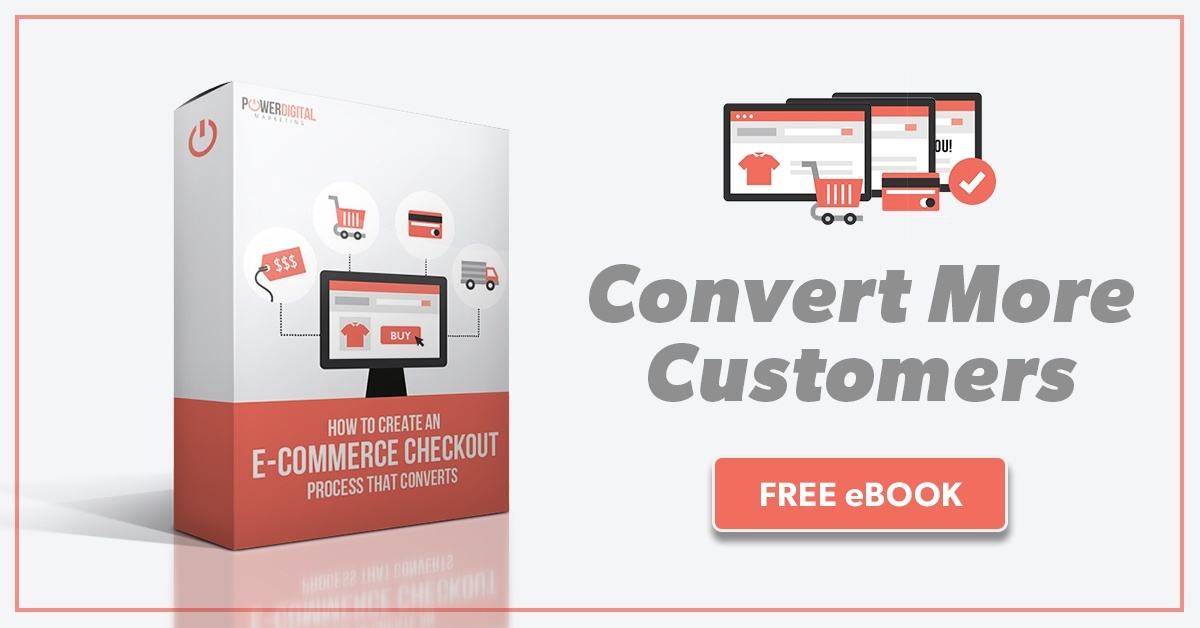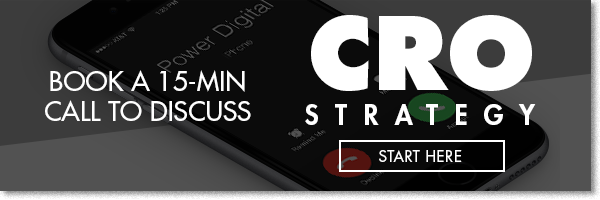It can never be as easy as just throwing a casual button with some text out there to get someone to buy. If it was, I would be out of a job.
CTAs, or calls to action, are what we in marketing use to direct users online to our desired endpoint, be it a form, a product, or just a new content page. Often times we use psychology, design, and past data to influence how we set these calls to action up. But more than often, your CTA can fall short and underperform.
CTAs are also often the subject of A/B testing. Many think they’re doing it right, but often times a CTA can be so bad a slight improvement could change everything. VWO shows us data on how the majority of tests run with them are on CTA design and placement:

In order to inspire you or your business, we’ve put together some great examples of content, verbiage, design, and strategy that embody what a CTA should be. We’ve also included some that fall just a bit behind par… Okay maybe they fall a lot behind. Enjoy!
Great CTA Examples
Unbounce

Who else but the people who specialize in setting up specific CTA pages. They’re own home page does a great job of directing customers with a very straightforward, simple message of what they offer. “Build fast and sell fast” is essentially what the message is, with an invitation to explore. Brilliant!
TaxJar

Getting people to enter their information is tricky. TaxJar does a great job of thoroughly explaining “free” in their messaging, letting users know that there’s no catch. The form is short, provides a clear direction, and entices users who want to get going with “Get Started”.
Netflix

Users can be reluctant to try things. Netflix rids of that by clearly stating “Cancel anytime”. No commitment, no risk. They make it simple, large imagery, cohesive brand, and only one direction to go.
BounceX

How direct can you get?! Well, apparently, this direct. BounceX is making it simple. Influence a user with a large text group, a large play button, and an extreme sense of urgency to click. If you’re not influenced to click, you probably shouldn’t be there in the first place.
Full Bundle

Negative space can be a key to the game. Full Bundle goes the extra mile to rid of any distractions by placing only two words, a black background, and a button. If someone is remotely interested, they’ll convert on to the next step. Leave no breathing room for someone to get lost.
Intercom

Not a fan of leaving it simple? Well, you better find a way to explain EVERYTHING off the bat. Intercom does that here using illustrations (well done illustrations I might add) to ensure users know what they’re converting on. It’s brilliant to be able to sum up your offer before the fold.












